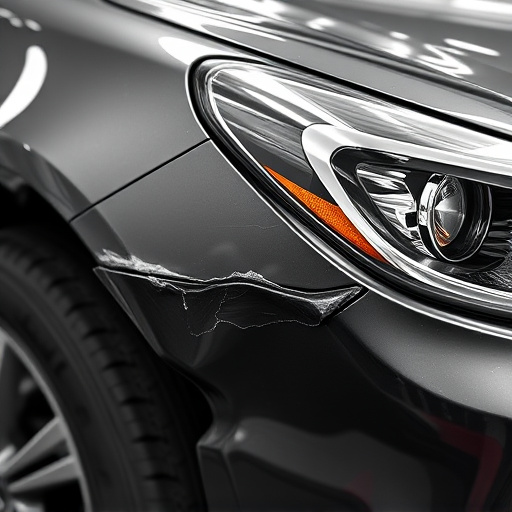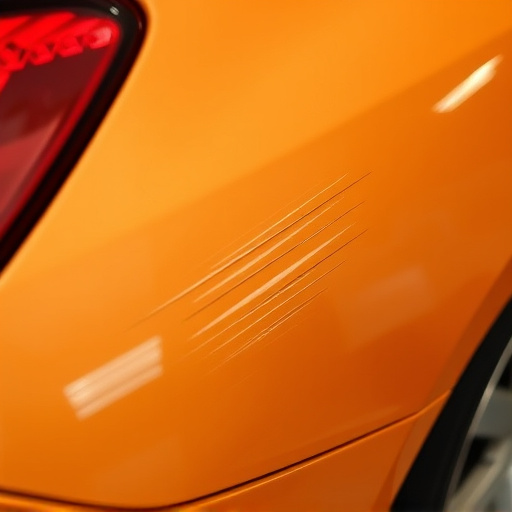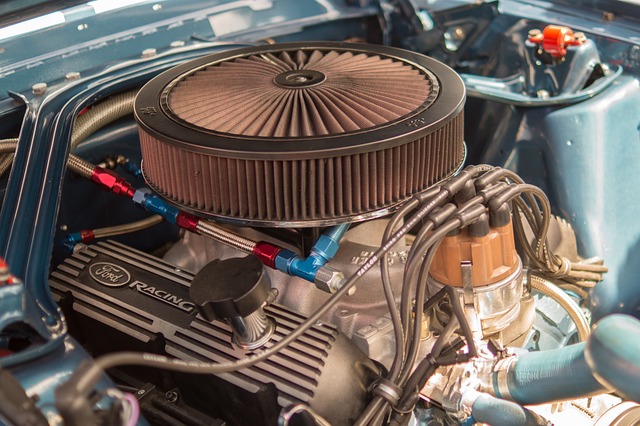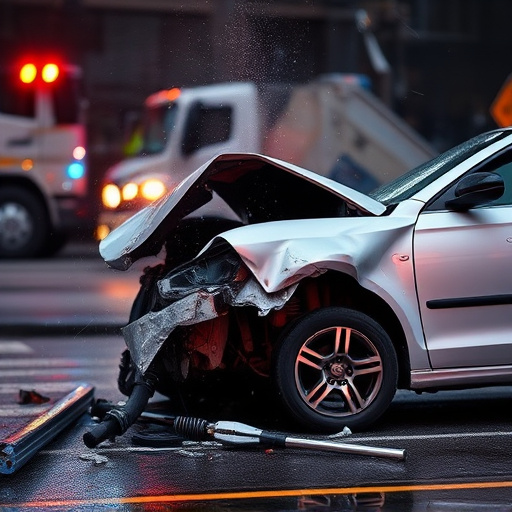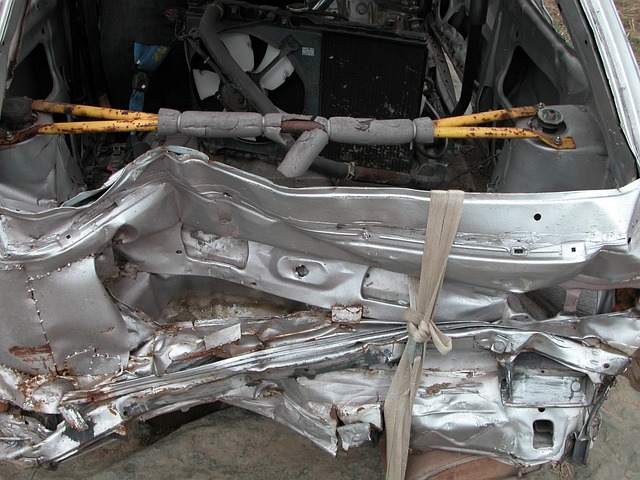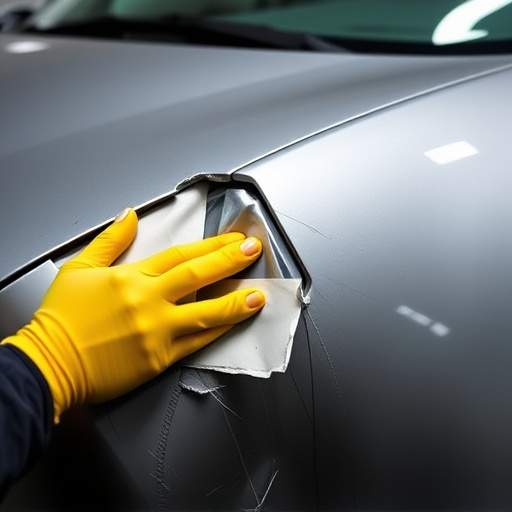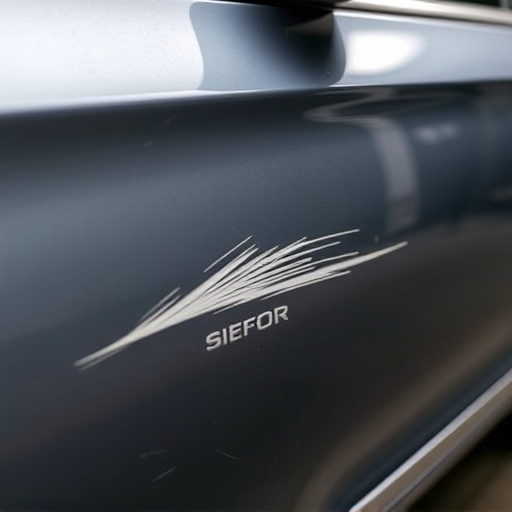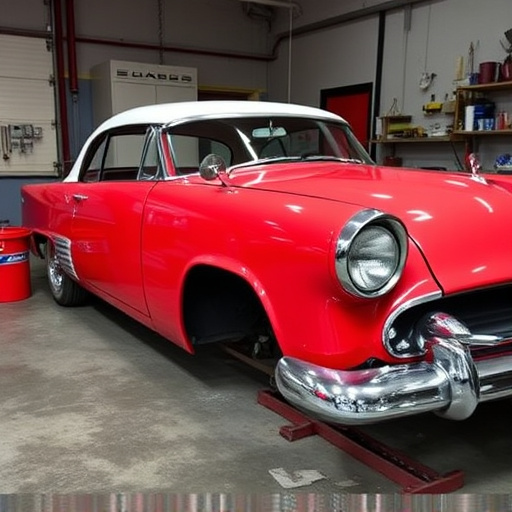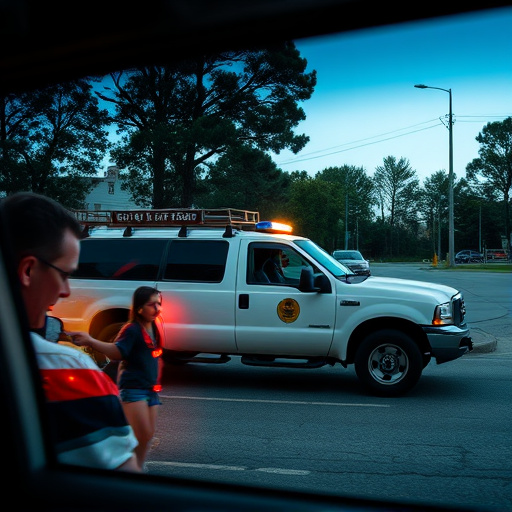Heavy-duty truck collisions require comprehensive investigations to identify all liable parties, from drivers and employers to manufacturers and repair services, ensuring justice and fair compensation for victims. Legal considerations are vital, scrutinizing potential defendants like the driver, vehicle owners, body shops, and manufacturers for negligence or defects contributing to the accident. Effective navigation of these aspects is key to successful outcomes in such complex cases.
In the event of a heavy-duty truck collision, determining liability can be complex. This article guides you through the intricacies of such cases, focusing on who can be sued. We explore key aspects, including understanding specific legal frameworks surrounding these collisions and identifying potentially liable parties. By delving into the legal considerations, we aim to equip individuals with knowledge about their rights and options in the aftermath of a heavy-duty truck accident.
- Understanding Heavy-Duty Truck Collision Cases
- Identifying Liable Parties
- Legal Considerations and Potential Defendants
Understanding Heavy-Duty Truck Collision Cases

Heavy-duty truck collisions can have severe consequences due to the immense size and weight of these vehicles. When such accidents occur, understanding who can be held accountable is crucial for anyone considering legal action. These cases often involve complex liability issues, as multiple parties could potentially be at fault. From the driver and their employer to manufacturers and maintenance providers, many factors contribute to the outcome of a heavy-duty truck collision case.
In such scenarios, it’s essential to investigate various aspects like driver training, vehicle maintenance records, and compliance with safety regulations. For instance, if a collision results from faulty auto glass or mechanical failure due to neglectful vehicle repair services, a collision repair center or the vehicle owner might be held responsible. Identifying the at-fault party(ies) is key to determining who can be sued, ensuring fair compensation for injuries, damages, and other associated costs.
Identifying Liable Parties

When investigating a heavy-duty truck collision case, it’s crucial to identify all potentially liable parties. This process involves a meticulous examination of various factors and entities that contributed to the accident. Drivers are often considered primary culprits, but other responsible parties may include employers or fleet operators who negligently maintained their vehicles or assigned poorly trained drivers. Additionally, manufacturers could be held accountable if defects in the truck’s design or components played a role in the collision.
The search for liability extends beyond the immediate participants. Collision repair services and auto body shops that service heavy-duty trucks are also worth examining. In some cases, negligence during repairs or improper maintenance schedules can lead to mechanical failures, contributing to accidents. Therefore, establishing a comprehensive list of liable parties is essential in securing justice and fair compensation for victims involved in heavy-duty truck collisions, potentially encompassing services like Mercedes Benz collision repair or general auto body repair.
Legal Considerations and Potential Defendants
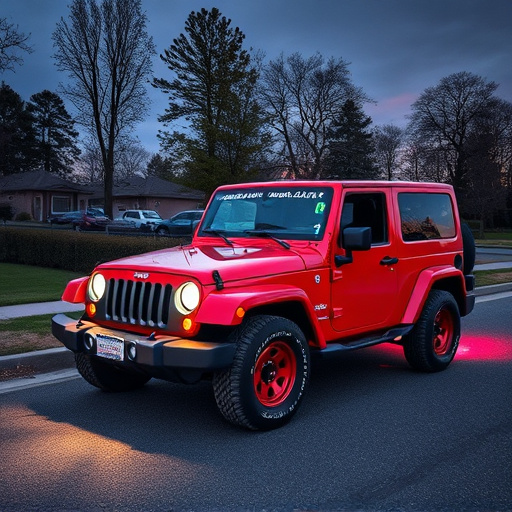
In a heavy-duty truck collision case, legal considerations play a crucial role in determining who can be sued. The first step is to identify potential defendants—any individual or entity that may be held liable for the accident. This often includes the driver of the other vehicle, but it could also encompass the owner of the trucks involved, especially if negligence was involved. For instance, if a truck’s brakes failed due to poor maintenance, the vehicle body shop responsible for the servicing could be considered negligent and thus, a potential defendant.
Additionally, in cases where the collision results in significant damage to the vehicles’ structures—requiring services like bumper repair or even frame straightening—the manufacturers or dealers of these parts may also face scrutiny. This is particularly relevant if the collision was caused by a design flaw or defective product. Therefore, understanding these legal considerations and identifying potential defendants is key in navigating a heavy-duty truck collision case effectively.
When investigating a heavy-duty truck collision case, it’s crucial to identify all potentially liable parties. From the truck driver and trucking company to maintenance crews and parts manufacturers, understanding who can be held accountable is key to navigating a successful legal outcome. By delving into these different entities and their roles, individuals involved in such cases can make informed decisions and ensure they seek justice from the right sources. Remember that identifying the correct defendants significantly enhances the chances of obtaining compensation for damages incurred in heavy-duty truck collisions.
